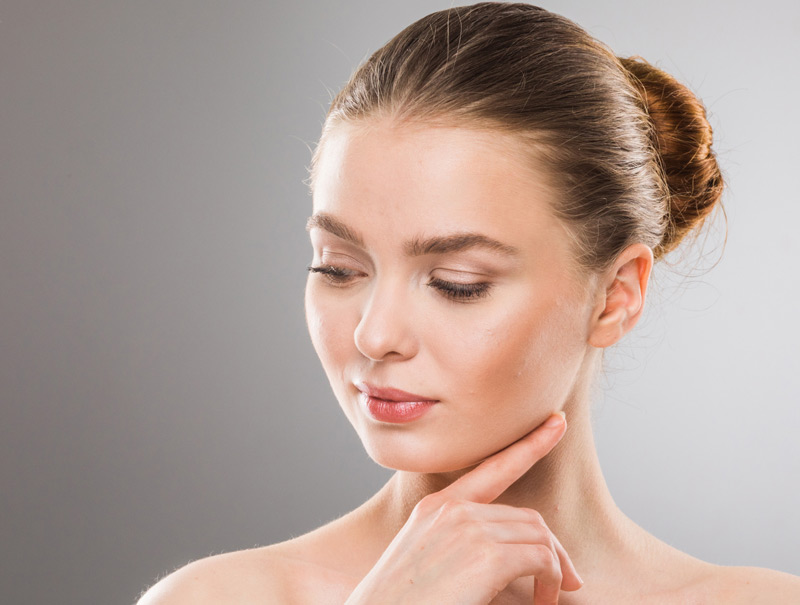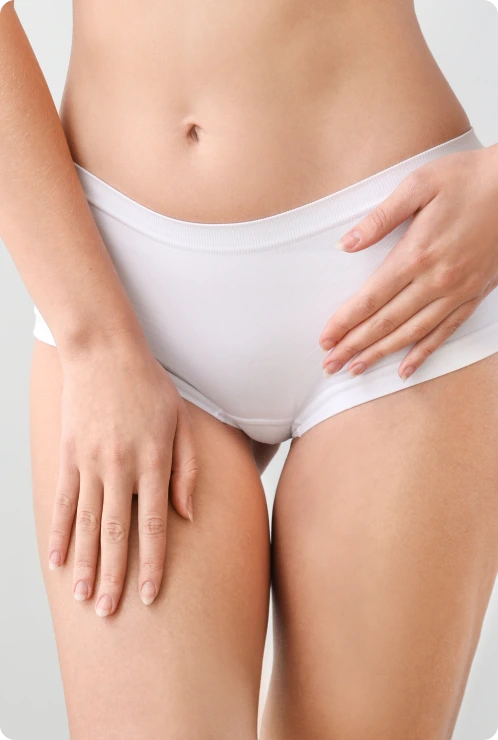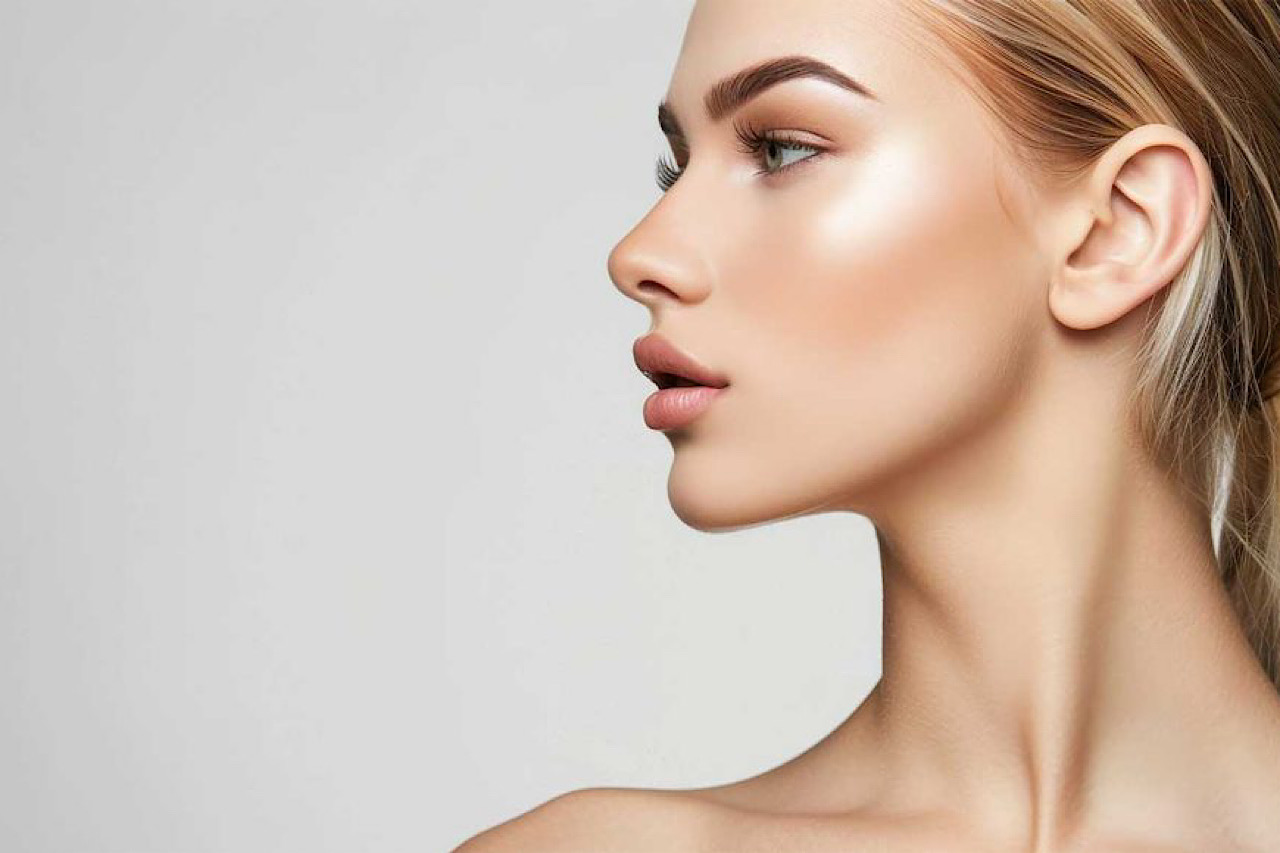Cheek Augmentation is a transformative aesthetic procedure that enhances facial contours, restores lost volume, and delivers a balanced, youthful appearance. Whether done through dermal fillers or surgical implants, the success of the treatment isn’t only dependent on the skill of the doctor—but also on the patient’s post-treatment behavior. The period after the procedure is crucial to achieving optimal results. Understanding what to avoid after cheek augmentation ensures faster healing, maintains the integrity of the results, and prevents complications. This becomes even more essential when undergoing Cheek Augmentation in Dubai, where patients often look for high-standard aesthetic results under expert guidance.
Why Post-Treatment Care Is Crucial After Cheek Augmentation
Post-treatment care plays a vital role in preserving the symmetry, lift, and contour achieved through cheek augmentation. The treated areas are highly sensitive to movement, pressure, and temperature. Even minor negligence during the initial days following the procedure can result in asymmetry, migration of material (in case of fillers), or extended swelling. Doctors specializing in cheek augmentation stress the importance of following strict aftercare instructions to maintain the sculpted definition and smooth appearance achieved through the procedure.

Avoid Touching or Pressuring the Treated Area
One of the most common yet detrimental habits post-treatment is touching or pressing on the cheeks. After cheek augmentation, the underlying tissues are adjusting, and any unnecessary manipulation can lead to uneven distribution of the filler or shift of implants.
Doctors recommend avoiding:
- Rubbing or massaging the area
- Sleeping on your side or face
- Resting your hand or phone on your cheek
The goal is to keep external pressure minimal for at least the first 7–10 days to allow proper setting and healing of the augmented area.
Avoid Excessive Facial Movements
While facial expressions are natural, excessive or exaggerated facial movements such as laughing hard, wide yawning, or animated talking should be reduced temporarily. These repetitive motions can disturb the initial settling phase of the filler or affect implant positioning.
Doctors usually advise patients to:
- Speak calmly and avoid overly animated conversation
- Chew slowly and avoid chewy foods
- Hold off on facial exercises or stretching for at least a week
Minimizing facial strain preserves the evenness and elevation achieved through cheek augmentation.
Avoid High Temperatures and Direct Heat Exposure
Heat increases blood flow, which can intensify swelling and potentially shift filler material before it has settled. Direct sun exposure or artificial heat can compromise results and delay recovery.
Doctors suggest avoiding:
- Saunas, hot tubs, and steam rooms
- Long hot showers with facial exposure
- Intense sunbathing or heat-based treatments like lasers on the face
Patients are encouraged to stay indoors or wear protective accessories when necessary, especially during the peak post-treatment period.
Avoid Strenuous Physical Activities
Heavy workouts, weight lifting, or high-intensity cardio raise blood pressure and body temperature, which can exacerbate bruising and swelling in the treated area. Additionally, the jarring motions involved in some exercises may interfere with the stability of the augmentation.
Doctors advise patients to:
- Refrain from intense workouts for at least 5–7 days
- Opt for gentle walks if movement is necessary
- Avoid activities that cause facial bouncing or straining
Maintaining a calm physical routine supports smooth integration and allows the facial structures to adapt to their new contours.
Avoid Makeup Application Immediately Post-Procedure
The skin around the cheeks may have small puncture sites if dermal fillers were used, or incisions in case of implants. Applying makeup too soon can introduce bacteria into the healing skin and increase the risk of infection or irritation.
Expert practitioners usually recommend:
- Waiting at least 24–48 hours before applying any cosmetic products
- Using only hypoallergenic and non-comedogenic products afterward
- Applying makeup gently with clean tools to avoid disrupting healing tissues
Letting the skin breathe and heal naturally will enhance the overall glow and appearance of the results.
Avoid Sleeping on Your Side or Stomach
The pressure exerted on the cheeks during side or stomach sleeping can cause asymmetry or flattening of the augmented areas. This is especially critical in the first week when fillers or implants are stabilizing in position.
Doctors often recommend:
- Sleeping on your back with your head elevated using extra pillows
- Using travel pillows to prevent rolling onto the side during sleep
- Following this routine for at least 7–10 nights
Proper sleeping posture significantly contributes to a symmetrical and well-defined cheek contour.
Avoid Alcohol and Smoking
Both alcohol and nicotine interfere with blood circulation and can compromise the healing process. Alcohol can also increase swelling and bruising, while smoking delays tissue regeneration and can increase the chance of complications.
Doctors suggest:
- Avoiding alcohol for at least 48–72 hours post-treatment
- Refraining from smoking for a minimum of one week
- Staying well-hydrated and opting for nutrient-rich foods to support skin healing
Healthy lifestyle choices speed up recovery and enhance the skin’s texture and elasticity, complementing the results of cheek augmentation.
Avoid Wearing Glasses That Rest on the Cheeks
Eyewear or sunglasses that rest heavily on the cheekbones can place unwanted pressure on the newly augmented areas. This can distort the shape and cause filler to migrate or implants to shift slightly.
Doctors advise:
- Not wearing glasses for the first few days if they touch the treated area
- Using lighter frames or adjusting the position to avoid contact
- Consulting with your practitioner if eyewear is essential
Even temporary adjustments can make a difference in preserving the shape and elevation created by the augmentation.
Avoid Skipping Follow-Up Appointments
The healing process is not complete once the treatment session ends. Follow-up consultations allow the doctor to monitor the healing process, check for symmetry, and ensure everything is settling as expected.
Patients are encouraged to:
- Attend all scheduled follow-ups without delay
- Report any unusual changes or discomfort
- Follow the personalized post-treatment instructions provided
These check-ins are an integral part of a successful aesthetic journey and often include photographic tracking of progress and results.
Benefits of Following Post-Cheek Augmentation Guidelines
Strictly following the aftercare guidelines ensures that the results are not only preserved but enhanced. When patients respect the recovery process under the direction of skilled doctors, they unlock multiple long-term benefits, including:
- Longer-lasting results: Whether filler or implant-based, proper aftercare helps results remain stable and consistent for an extended period.
- Balanced facial symmetry: Careful post-treatment behavior avoids asymmetry or irregularities, especially in the high-visibility cheek area.
- Reduced downtime: Avoiding strain, pressure, and irritants minimizes bruising and swelling, allowing faster recovery.
- Minimized complications: Preventing infections, dislocation, or filler migration ensures a smooth and trouble-free healing experience.
- Enhanced skin appearance: By staying away from heat, pollutants, and alcohol, the skin appears clearer, healthier, and more radiant.
The combination of a skilled doctor’s work and a disciplined aftercare routine sets the foundation for natural-looking, beautiful cheeks that elevate your overall facial harmony.
Conclusion: Your Role in a Successful Cheek Augmentation
Cheek augmentation is a collaboration between the expertise of the doctor and the commitment of the patient. By knowing what to avoid after cheek augmentation and adhering closely to professional advice, patients can secure optimal outcomes and enjoy the full benefits of their enhanced facial structure. Whether subtle volume restoration or dramatic contouring is your goal, the post-treatment journey is where real results are protected.




